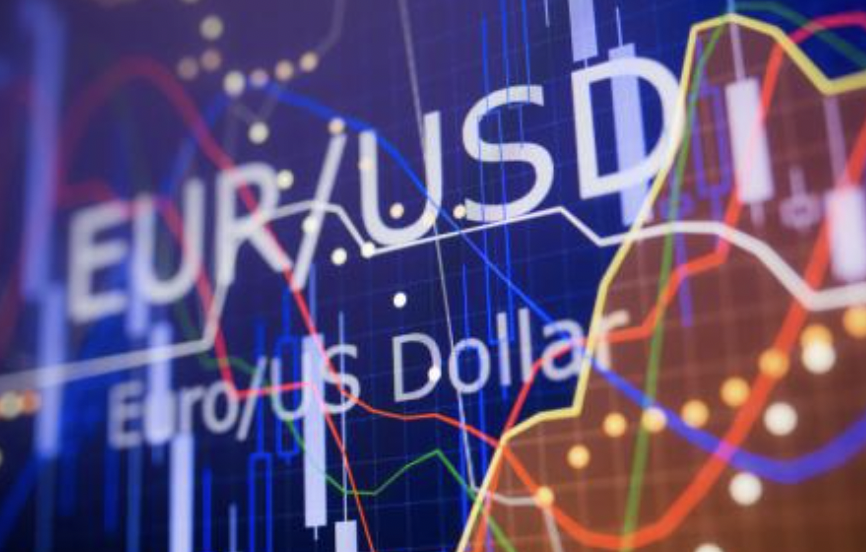
Daniel Rogers
Jan 31, 2023 16:55

Due to risk-positive data from China and the International Monetary Fund, AUD/USD challenges the two-day downtrend while gaining bids off the intraday low (IMF). Despite this, purchasers appear to be having difficulty regaining control ahead of this week's high-level central bank summit. Despite this, the AUD/USD pair rose to 0.7055 in the early morning hours of Tuesday, following a recent comeback from the intraday low of 0.7038.
Recently, the IMF increased its global growth forecasts and predicted that the growth slowdown in developing markets bottomed out in 2022. The global lender also noted a slight improvement in the global GDP forecast for 2023, citing "particularly resilient" demand in the United States and Europe, a reduction in energy prices, and the reopening of China's economy after Beijing abandoned its stringent COVID-19 laws.
Prior to that, China's NBS Manufacturing PMI rose to 50.1, compared to 49.7 market expectations and 47.0 previously, while China's Non-Manufacturing PMI rose to 54.4, compared to 51.0 market forecasts and 41.6 previously.
The recent risk-on profile may have been bolstered by the declaration that the administration of US President Joe Biden is prepared to withdraw the Covid-led emergencies beginning on May 11. Monday, Reuters reported that China's Center for Disease Control and Prevention (CDC) claimed, "China's current wave of COVID-19 infections is nearing a conclusion, and there was no significant increase in cases during the Lunar New Year holiday."
Earlier in the day, the AUD/USD exchange rate was impacted by dismal Australian Retail Sales for December and a cautious stance ahead of the Federal Open Market Committee (FOMC) monetary policy meeting. The fact that Australian Retail Sales declined 3.9% in December, as opposed to the projected -0.3% decline and the previous figure of 1.9%, is noteworthy.
S&P 500 Futures exhibit small increases despite Wall Street's lackluster performance, while 10-year Treasury yields decline to 3.54% after three consecutive days of gains.
The US Employment Cost Index (ECI) for the fourth quarter (Q4) and the Conference Board's Consumer Confidence index for January will be widely monitored for direction in the near future. According to the market consensus, the US Consumer Mood Index may rise, but a forecast lower print of the US ECI, to 1.1% from 1.2%, might bolster the Fed's dovish stance and bring back AUD/USD buyers.


Feb 01, 2023 15:32